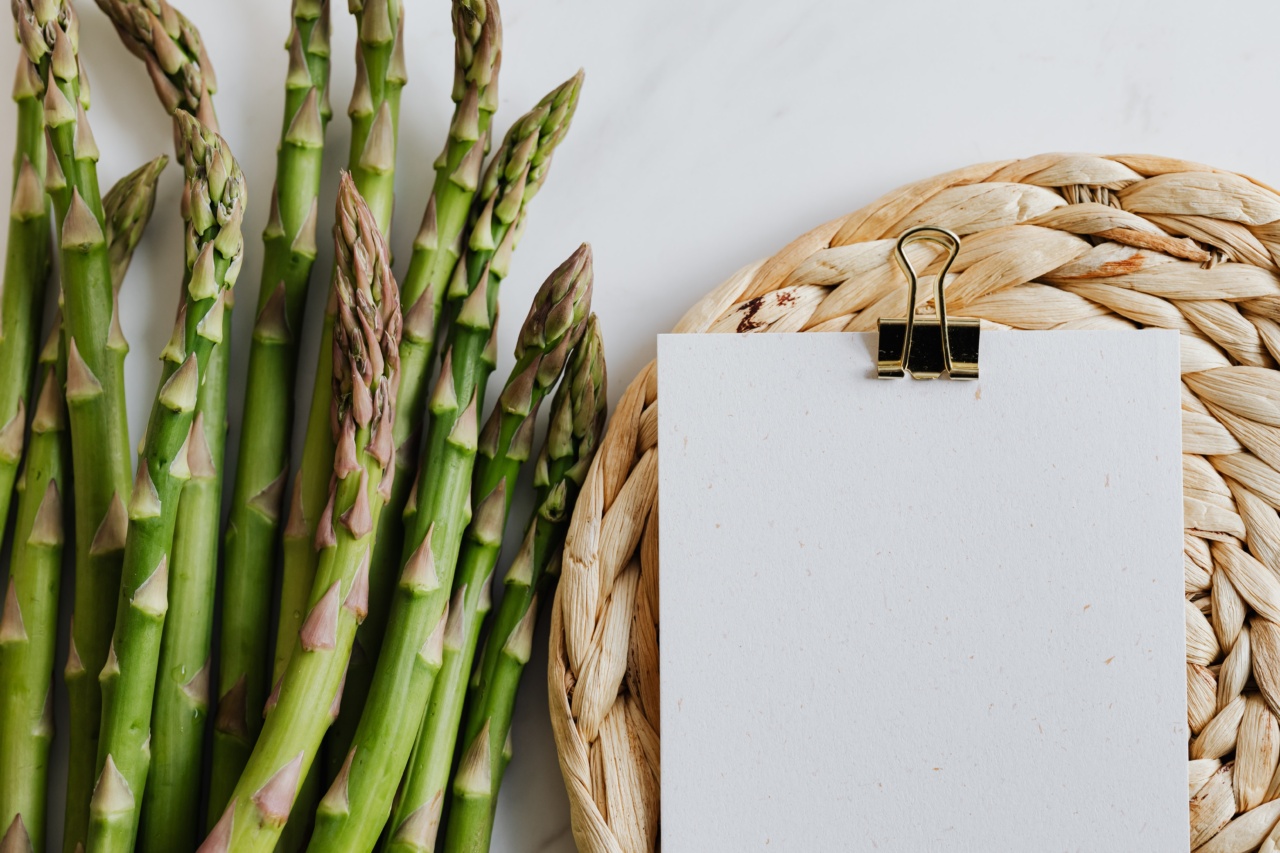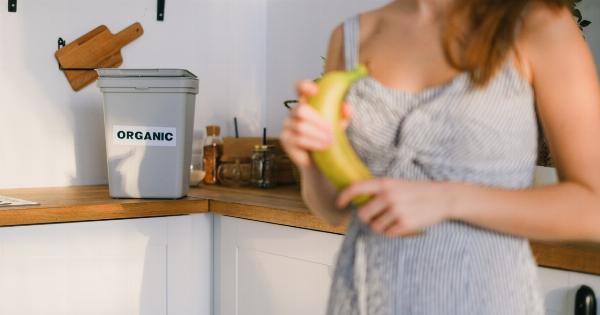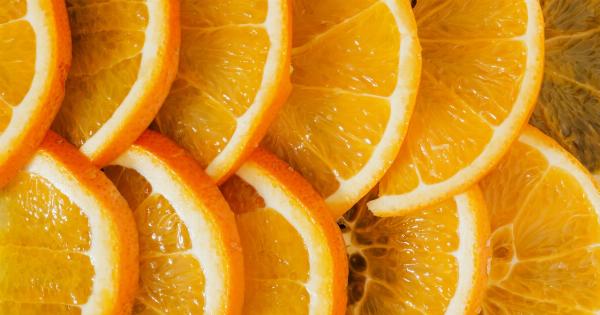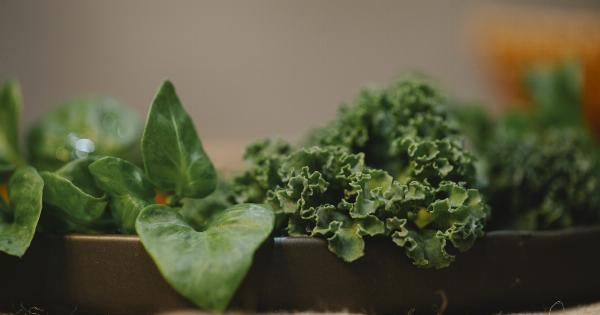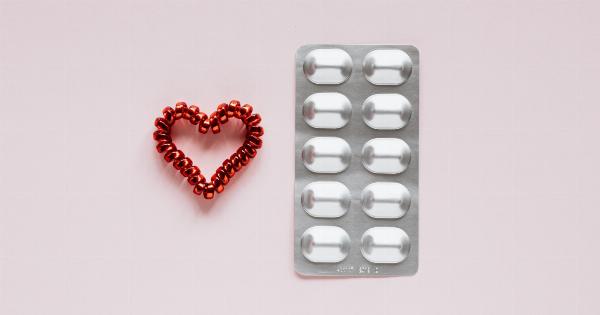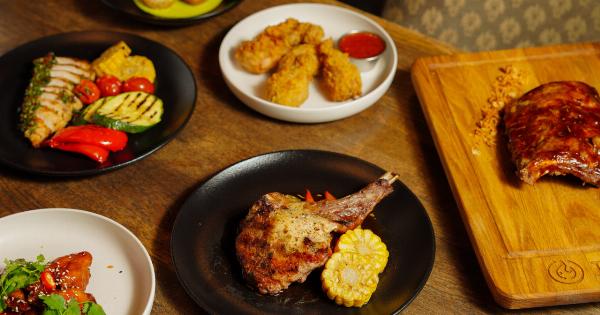Vitamin B1, also known as thiamine, is an essential nutrient that plays a crucial role in maintaining overall health.
It is necessary for the proper functioning of numerous bodily processes, including the conversion of food into energy and the maintenance of a healthy nervous system. However, certain foods can interfere with the absorption and utilization of vitamin B1, potentially leading to a deficiency. In this article, we will explore a comprehensive list of foods that can cancel out vitamin B1 when paired together.
Avoid Pairing Green Tea with High-Caffeine Beverages
Green tea is a popular beverage known for its many health benefits. It is rich in antioxidants and has been shown to improve brain function and promote weight loss.
However, when paired with high-caffeine beverages such as coffee or energy drinks, green tea can interfere with the absorption of vitamin B1. This is because caffeine has a diuretic effect, which can lead to the excretion of thiamine through urine.
Don’t Combine Raw Fish with Sake
Raw fish, often consumed as sushi or sashimi, is a delicacy enjoyed by many. However, consuming raw fish along with sake, a traditional Japanese rice wine, can inhibit the absorption of vitamin B1.
Sake contains an enzyme called thiaminase, which breaks down thiamine and renders it ineffective. By avoiding pairing raw fish with sake, you can ensure adequate intake of vitamin B1.
Avoid Alcohol with Processed Grains
Alcohol consumption can lead to impaired thiamine absorption and utilization, leading to a deficiency known as alcoholic beriberi.
When paired with processed grains such as white bread, pasta, or rice, the negative effects on vitamin B1 absorption can be magnified. Processed grains lack the outer bran layer, which is rich in thiamine. It is important to choose whole grains over processed ones and limit alcohol intake to prevent vitamin B1 deficiency.
Don’t Combine Tea or Coffee with Fortified Cereals
Fortified cereals are often marketed as a convenient source of vitamins and minerals, including vitamin B1. However, pairing these cereals with tea or coffee can hinder thiamine absorption.
As mentioned earlier, caffeine in tea and coffee can have a diuretic effect, promoting thiamine loss through urine. To maximize nutrient absorption, it is best to enjoy fortified cereals with water or a non-caffeinated beverage.
Avoid Pairing Spinach or Kale with Calcium-Rich Foods
Spinach and kale are nutrient-dense leafy greens that are excellent sources of various vitamins and minerals.
However, when consumed alongside calcium-rich foods like dairy products or calcium supplements, the absorption of both thiamine and calcium can be compromised. Oxalates in spinach and kale can bind to calcium, forming insoluble compounds that hinder nutrient absorption.
It is advisable to consume these foods separately or pair them with calcium sources that have a lower oxalate content, such as broccoli or fortified plant-based milks.
Don’t Combine Whole Grains with Legumes
Whole grains and legumes are nutritious staples in many diets. However, when combined in the same meal, they can interfere with the absorption of thiamine.
Both whole grains and legumes contain compounds called phytates, which can bind to minerals like thiamine and reduce their bioavailability. To enhance thiamine absorption, it is recommended to consume whole grains and legumes at separate meals.
Avoid High-Fat Foods with Iron-Rich Foods
Iron is an essential mineral that plays a vital role in oxygen transport and energy production. Consuming iron-rich foods such as red meat, poultry, or legumes with high-fat foods can impede thiamine absorption.
The presence of high levels of fat can slow down digestion and reduce the efficiency of nutrient absorption. To promote optimal absorption of both thiamine and iron, it is advisable to pair iron-rich foods with foods that are low in fat.
Don’t Combine Vitamin C-Rich Foods with Thiamine-Rich Foods
Vitamin C is a potent antioxidant that helps boost immune function and promote collagen synthesis.
However, when vitamin C-rich foods, such as citrus fruits or capsicum, are consumed simultaneously with thiamine-rich foods, the absorption of both nutrients can be hindered. Vitamin C can promote the conversion of thiamine to a less active form, reducing its effectiveness in the body. To ensure adequate intake of both nutrients, it is best to consume them separately.
Avoid Pairing Raw Shellfish with Whole Grains
Raw shellfish, such as oysters or clams, can be a good source of various nutrients, including thiamine. However, when paired with whole grains, their thiamine content may not be fully utilized.
Whole grains contain phytates, which can bind to nutrients like thiamine and reduce their absorption. To enhance thiamine utilization, it is recommended to consume raw shellfish separately or pair them with low phytate foods like vegetables.
Don’t Combine High-Sodium Foods with Thiamine-Rich Foods
High-sodium foods, such as processed meats, canned soups, or fast food, can have a negative impact on thiamine utilization. Excessive sodium intake can lead to increased thiamine excretion through urine.
Therefore, pairing high-sodium foods with thiamine-rich foods can diminish the overall effectiveness of thiamine. It is important to choose low-sodium options and prioritize fresh, whole foods to ensure optimal thiamine absorption.
Conclusion
While vitamin B1 is an essential nutrient for overall health, certain food combinations can cancel out its benefits by interfering with its absorption and utilization.
It is important to be mindful of these pairings and make conscious choices to optimize thiamine intake. By avoiding the mentioned combinations and adopting a balanced diet that includes a variety of nutrient-rich foods, you can ensure adequate vitamin B1 levels and support your overall well-being.
